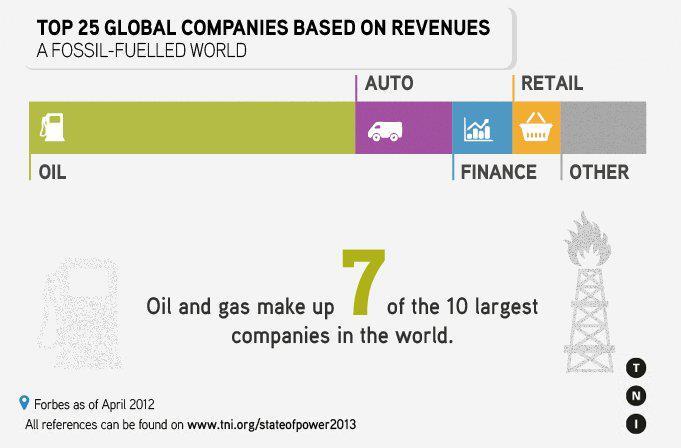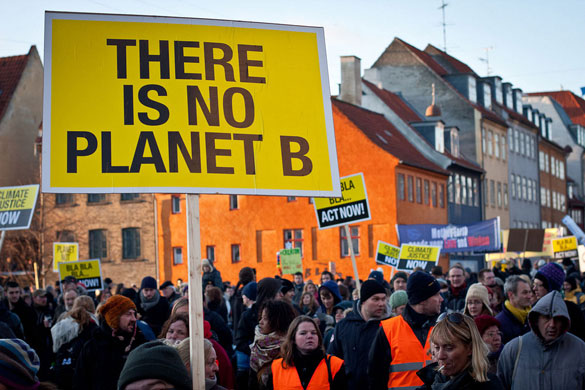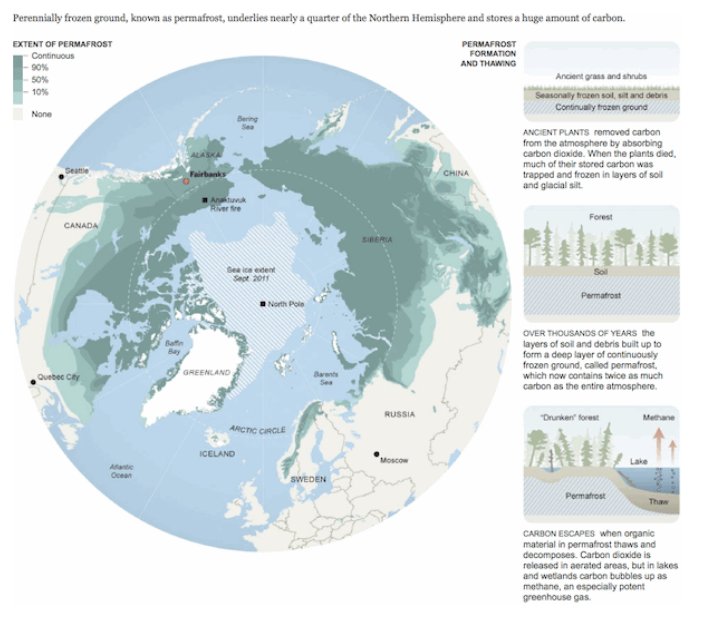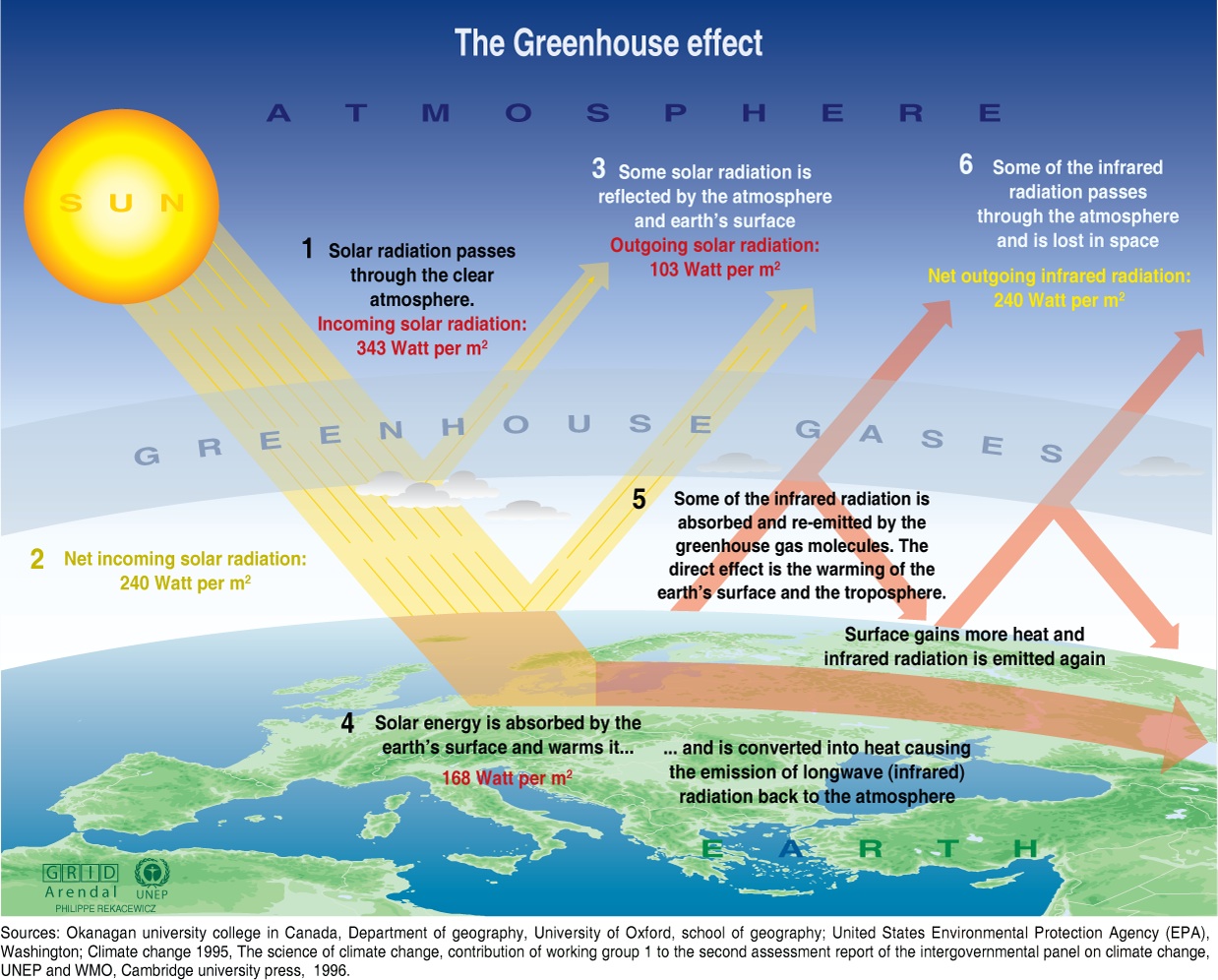Corporate-influenced climate change is an unforeseen consequence of the industrial revolution, which used carbon-based fossil fuels (coal, gas, oil) to replace human, animal and renewable energy in order to mechanise farming, manufacturing, transport, housework, entertainment and just about any human activity you can think of.
While burning fossil fuels is the largest source of human-caused climate change, human (mostly corporate) land use activities such as deforestation, logging, and soil disturbance make up the second main source.
How fossil fuels were formed – a gallon of petrol comes from 98 tons of prehistoric buried plant material
Over millions of years, plants and animals died, rotted and their fossilised remains, high in carbon, were covered in new layers of rocks. These remains turned into layers of coal, gas and oil under the earth’s surface. These are what we extract and burn as fossil fuels, to heat and light our buildings and power our transport, industries and recreation.
Each gallon of petrol comes from 98 tons of prehistoric, buried plant material, according to a University of Utah study. This isn’t replaceable on any human timescale.
Burning fossil fuels creates carbon dioxide which accumulates in the atmosphere – in addition to naturally occurring atmospheric carbon dioxide that comes from processes like animal respiration and plant decay. This acts like a greenhouse, trapping heat in the atmosphere. And we are doing this worldwide, on a massive scale.
As well as carbon dioxide from burning fossil fuels, there are other important sources of human-caused carbon emissions, like land use changes and farming.
Oil and gas companies make up 7 of the 10 largest companies in the world
If things carry on as they are, transnational corporations are on track to destroy or exhaust environmental resources such as water, soil and biodiversity – as well as overloading the atmosphere with carbon dioxide and other greenhouse gas emissions and so causing massive damage through human-made climate change.
Corporate capture of governments and international organisations that are supposed to be working to reduce climate change is a massive problem.
For example, in 2006 the UK’s annual domestic carbon emissions amounted to around 2.5% of the global total – but according to its own Sustainability Reports, BP emitted around 5.6% of the global total – more than twice as much as the UK’s 62 million people. Of BP’s carbon emissions,only 6% came from the company’s oil extraction processes; 94% were released from what the company sold.(Source: p258,The Oil Road)
Already in 2009, climate change was killing 300,000 people a year, according to a report on the human impacts of global warming from the Global Humanitarian Forum, a thinktank directed by former UN secretary general Kofi Annan.
Keep fossil fuels in the ground
Basically, we can’t go on taking fossil fuels out of the ground and transferring their stored carbon into the atmosphere.
Climate scientists are broadly agreed that global warming needs to be limited to 2°C above pre-industrial levels in order to avoid dangerous climate disruptions. New figures in a September 2012 paper in the international journal Nature Geoscience show that the earth is already on track for an average global temperature rise of between 1.8 and 2.3°C above the pre-industrial level, even if we immediately stop adding more carbon emissions to the atmosphere. Since this isn’t going to happen overnight, we seem to be on track to overheat the planet by more than 2°C.
The report is based on the 2012 summer’s record-breaking melt of Arctic sea ice. Summer sea ice in the Arctic is nearly half of what it used to be just a couple of decades ago. The retreat of sea ice creates feedback processes that intensify climate change:
- the albedo effect increases absorption of the sun’s heat, as white ice which reflects the sun’s heat is replaced by dark sea
- permafrost melting releases carbon stored in decayed vegetation into the atmosphere
One of the paper’s authors, Professor Andrew Weaver, writes
“Instrumental records have clearly revealed that the world is about 0.8°C warmer than it was during pre-industrial times. Numerous studies have also indicated that as a consequence of existing levels of greenhouse gases, we have a commitment to an additional future global warming of between 0.6 and 0.7°C. Our analysis points out that the permafrost carbon feedback adds to this another 0.4 to 0.8°C warming. Taken together, the planet is committed to between 1.8 and 2.3°C of future global warming — even if emissions reductions programs start to get implemented.”
This is why we must leave most of the fossil fuel reserves in the ground. The most recent report that summarises the current consensus among climate scientists across the world says that we need to halve global carbon emissions by 2050, if we are to have a good chance of keeping the earth’s climate in a reasonably stable state.
The greenhouse effect
Carbon dioxide is one of a number of greenhouse gases, so called because they act like a greenhouse to let heat from the sun into the earth’s atmosphere, and then trap it so it can’t all bounce back out of the atmosphere.
Without carbon dioxide and other greenhouse gases, the earth would be too cold to support life. The problem of human-influenced climate change arises when unnaturally large concentrations of carbon dioxide, other GHGs – and soot – accumulate in the earth’s atmosphere, as has happened since the industrial revolution, and with increasing speed over the last few decades in particular. The earth’s average temperature starts to rise, and beyond a certain level, this starts to destabilise the whole climate system.
Soot is another important cause of human-induced climate change
A study by NASA shows that soot from burning fossil fuels and biomass is second only to human-caused greenhouse gas emissions, in causing global warming. The black carbon in soot warms the atmosphere by absorbing and holding the sun’s heat. When it falls from the air onto snow or ice at the poles or on mountains, it darkens the snow and ice, reduces their ability to reflect the sun’s heat and causes faster melting.
Quick action to reduce soot offers an effective way of reducing climate change and would also bring massive health benefits, since soot is a major cause of respiratory ailments and death from pollution.
You can find factsheets on climate change on the Public Interest Research Centre website.
The Guardian Ultimate climate change FAQ is also a useful source of info.
Updated 6th April 2013, deforestation map video added 15 Dec 2013




